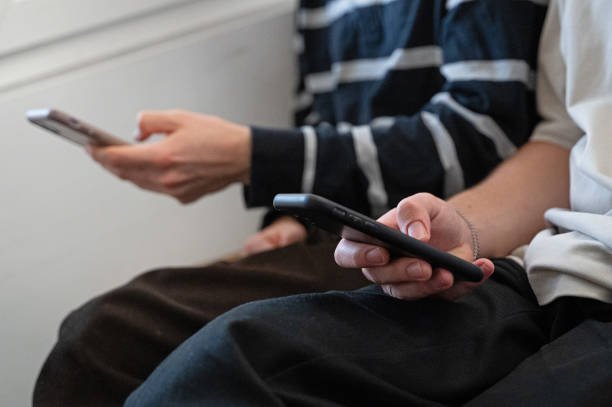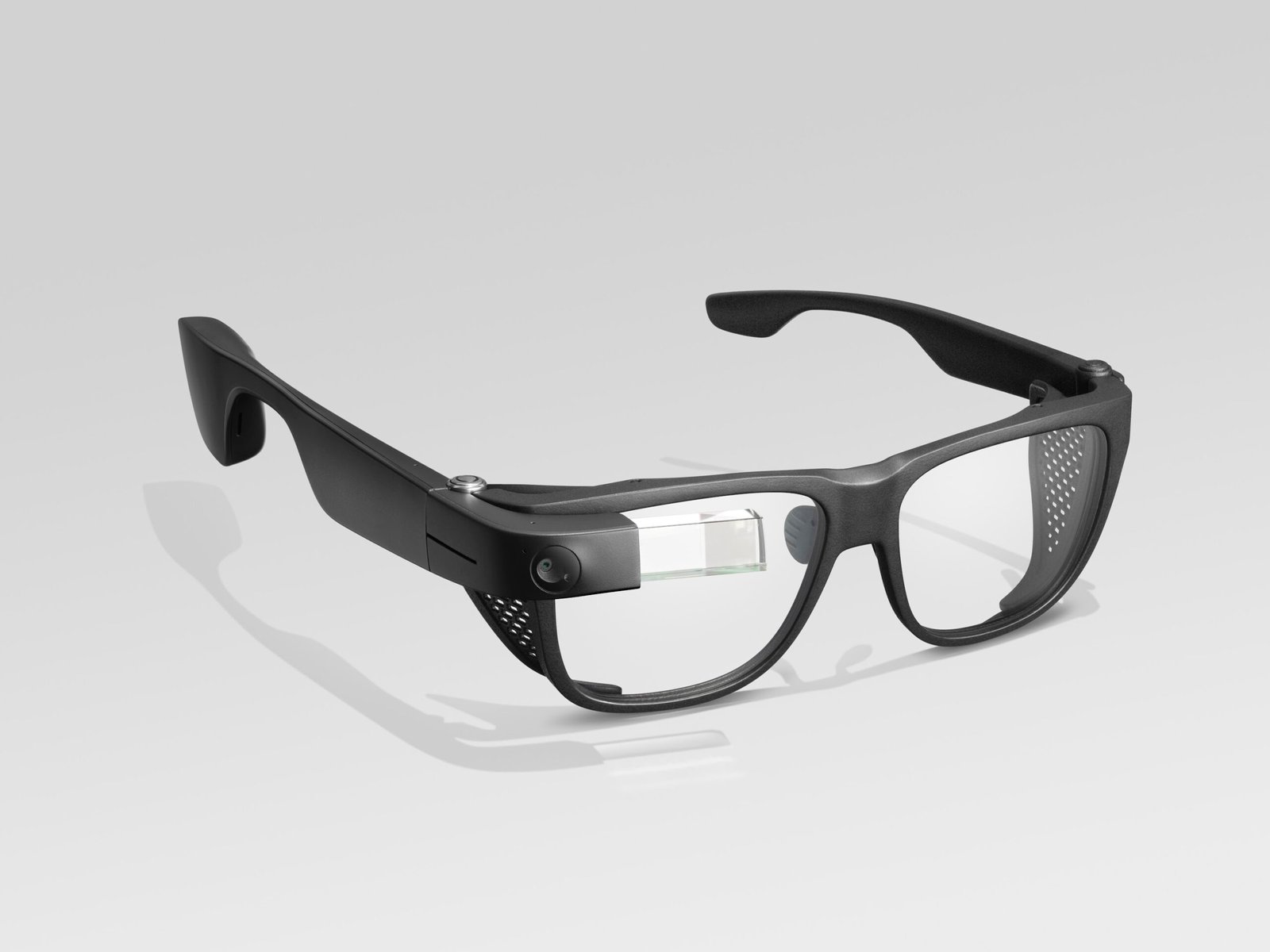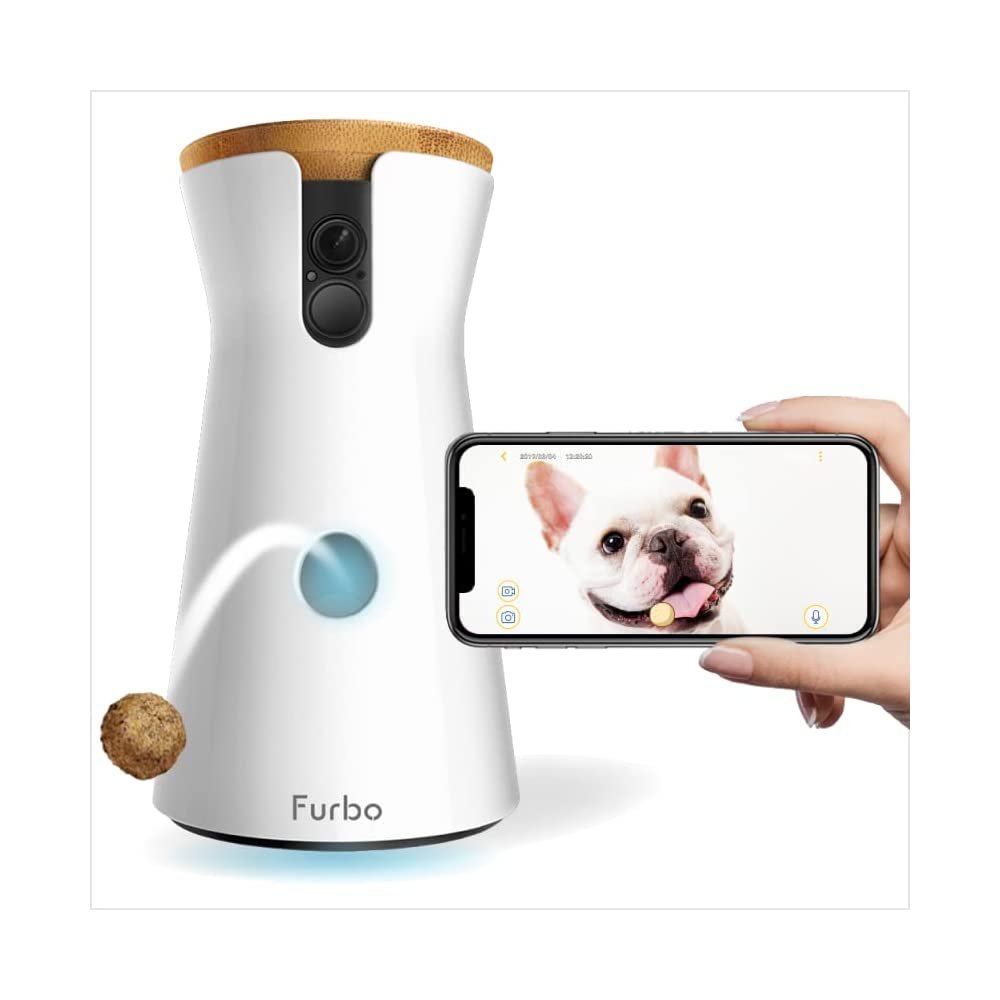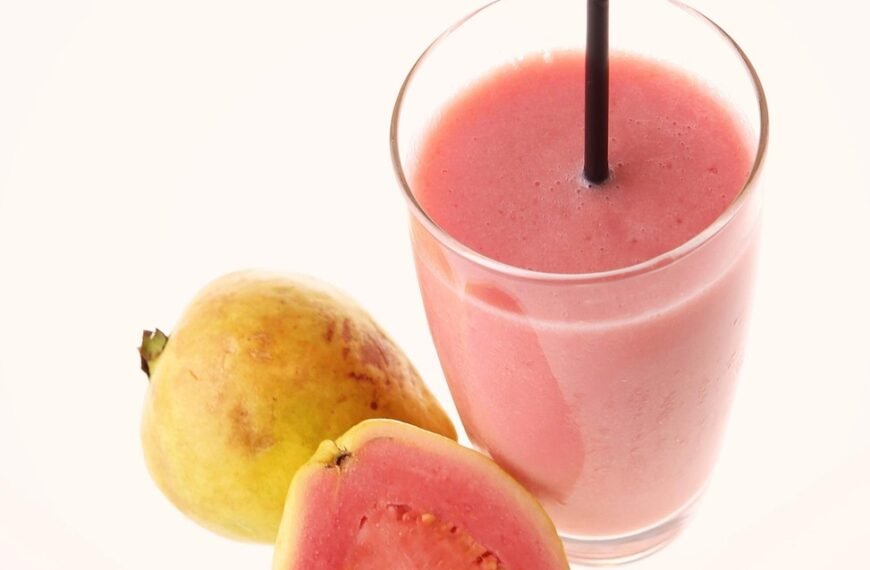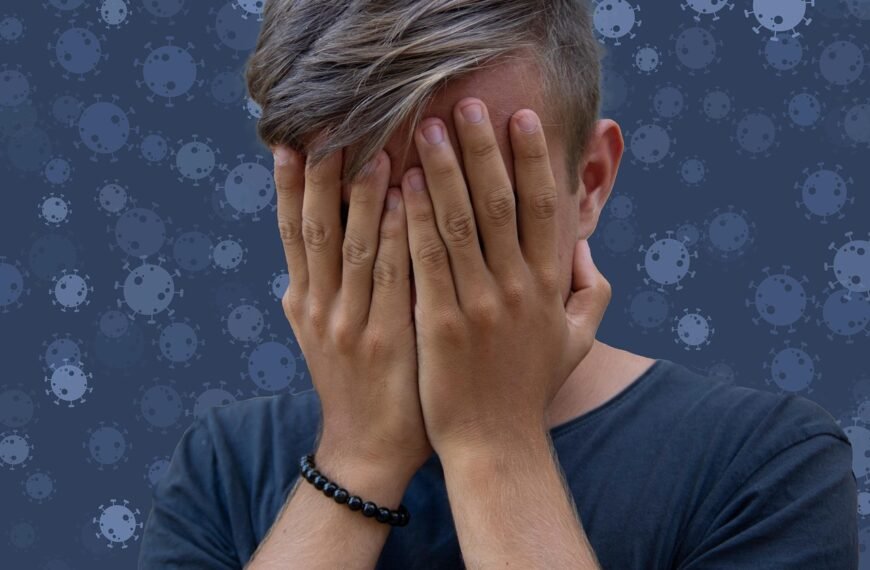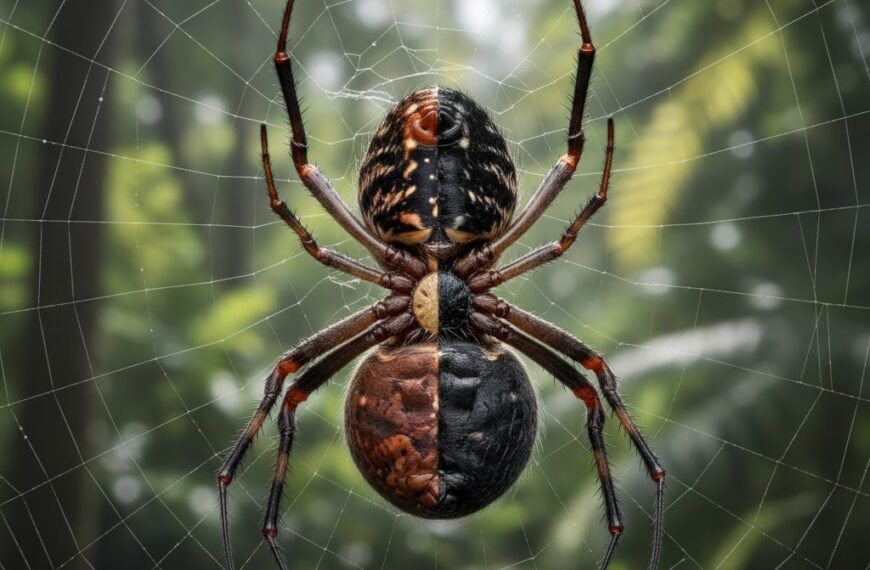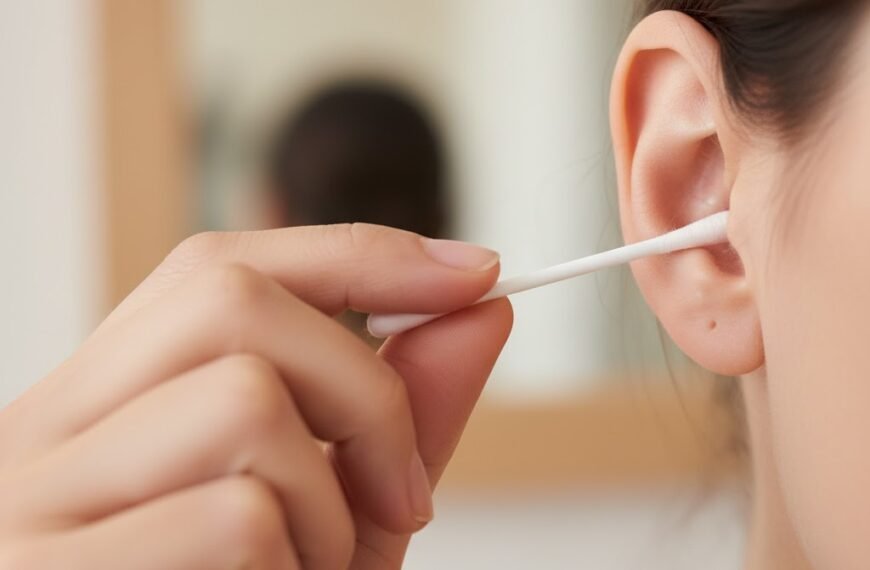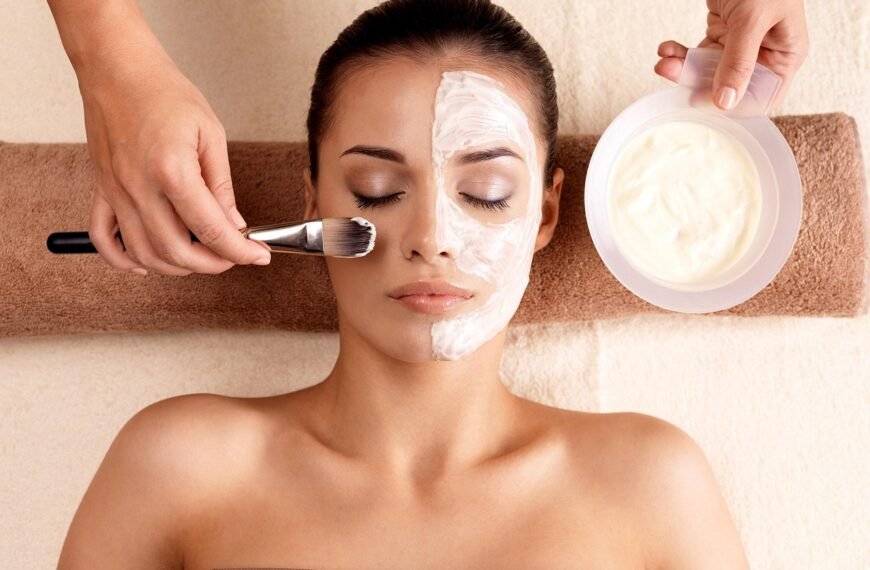While headlines often focus on social media’s dangers for teens, new research reveals a more nuanced picture. A Pew Research Center study shows 74% of U.S. teens feel more connected to friends through social platforms, and 63% say it gives them creative outlets – challenging the narrative that these apps are purely harmful.
The Bright Side of Screens
For many young users, social media provides what real-world environments sometimes can’t:
- Safe spaces: 53% of LGBTQ+ youth of color report feeling safest on TikTok (Trevor Project)
- Mental health resources: 1 in 3 teens learns about mental health online (Pew)
- Crisis prevention: Teens who feel safe in online communities show 20% lower suicide attempt rates
Why This Matters
With only half of teens comfortable discussing mental health with parents (Pew), platforms fill critical gaps. Discord servers become support groups, Instagram art accounts boost self-expression, and TikTok therapists democratize mental health advice.
The Paradox of Perception
Teens acknowledge downsides – 45% say social media harms sleep, 40% note productivity drops. Yet only 14% believe it negatively impacts them personally, while 48% think it hurts peers. This “it affects others, not me” bias suggests teens may underestimate personal risks.
Key Takeaway
Social media isn’t inherently good or bad – it’s a tool whose impact depends on usage. As lawmakers debate restrictions, these findings highlight why blanket bans could eliminate lifelines for vulnerable youth. The solution? Better digital literacy programs and safer platform designs – not demonization.

